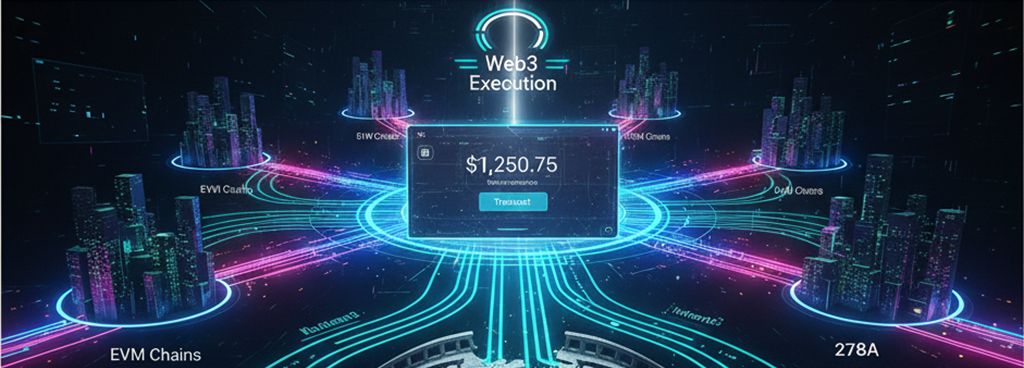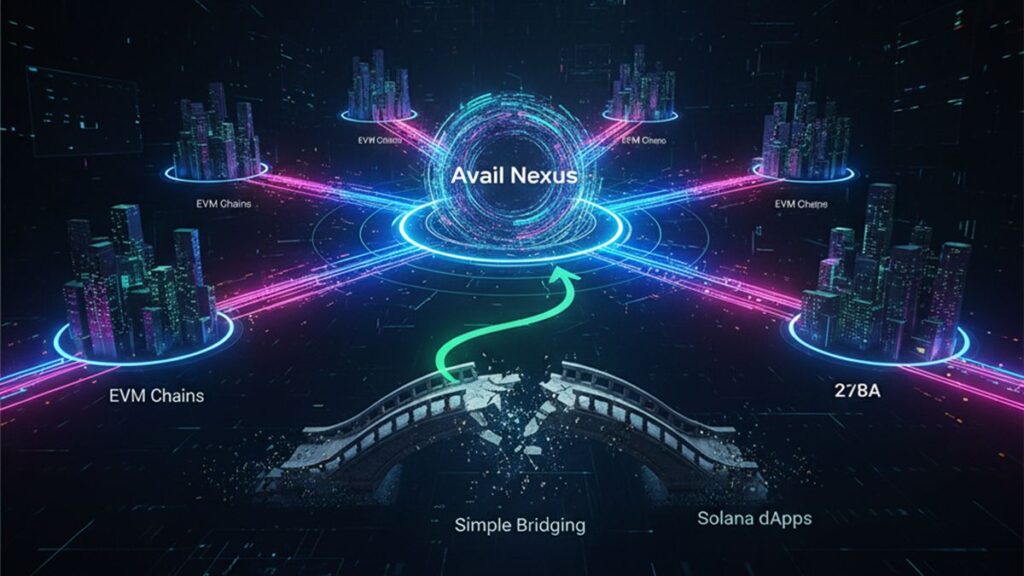TL;DR
- Avail Nexus launched to unify the multichain execution experience, eliminating manual bridging and swapping steps.
- The model is based on user “intents” (the what, not the how), resolved by a network of third-party solvers.
- Avail’s technology is positioned at the application layer, avoiding complex protocol modifications for large blockchains.
The Avail Nexus mainnet was launched last week. It is a solution that promises a radical shift in how logic and assets move between blockchains. More than just a bridging tool, Nexus aspires to become Web3’s execution backbone, making Avail’s Nexus multichain execution as seamless as tapping a button.
Avail Nexus mainnet is live, supporting 13+ major ecosystems from day 1:@ethereum, @trondao, @BNBCHAIN, @HyperliquidX, @base, @monad, @avax, @arbitrum, @Optimism, @0xPolygon, @KaiaChain, @Scroll_ZKP &@Sophon
— Avail (@AvailProject) November 27, 2025
More EVM & Non-EVM chains coming soon 👀 pic.twitter.com/qWSOU4iwRP
Avail co-founder, Prabal Banerjee, identifies the central problem of Web3: users with on-chain assets are forced to perform multiple manual steps (bridging tokens, swapping for gas, and bouncing between applications) just to use their funds. Banerjee explains that the user experience should lean towards abstraction, with unified balances and one-click flows, without the user having to “think like an infrastructure engineer.”

The Power of “Intents” in Avail Nexus Multichain Execution
Nexus seeks to change the root of the problem. Instead of asking users to choose a route, it accepts signed “intents” (the user’s end goal plus their constraints) and delegates the “how” to a network of “solvers.” These solvers find liquidity across multiple chains to provide an execution plan with an exact-out result. If the execution route fails mid-flight, the transaction automatically reverts, returning funds to the user.
The visible side of Nexus was designed to allow users to see a single balance and transact directly from their app, regardless of where the assets are custodied. Nexus automates the underlying complexity (gas, approvals, routing, crosschain accounting).
Avail’s approach is strictly application-layer (SDKs, APIs, and modular “elements”) that can be integrated into existing DApps and rollups. This differentiates it from other modular architectures that require changes to the blockchain protocol, a difficulty that has slowed adoption.
For Banerjee, while competitors “try to solve crosschain UX at the coordination layer or at the chain level,” Nexus collapses it into a single operational universe.
In summary, if Avail Nexus multichain execution succeeds, the relevance of the underlying chain could fade for the end-user, shifting power towards coordination layers that direct the flow of intents and liquidity.










